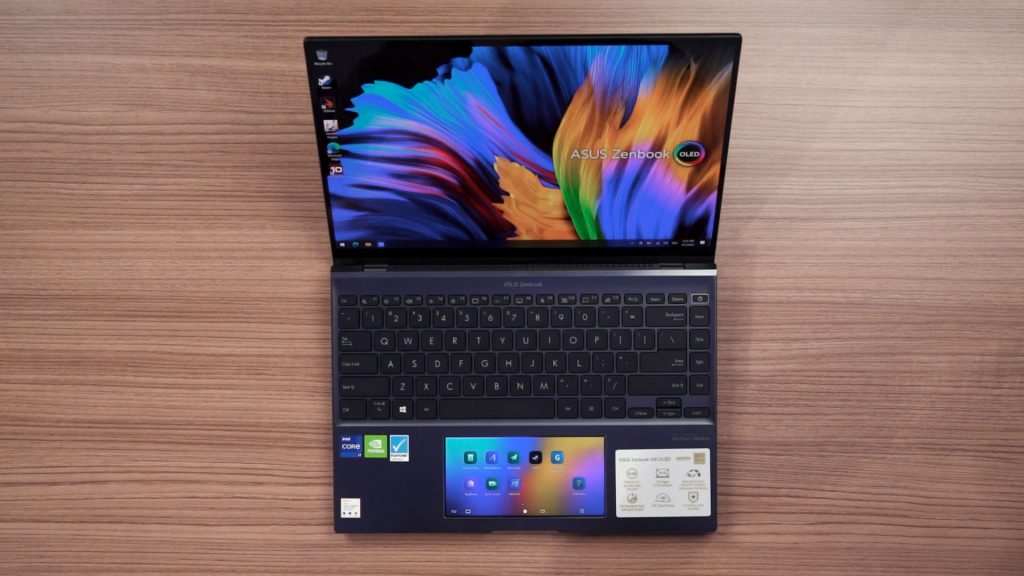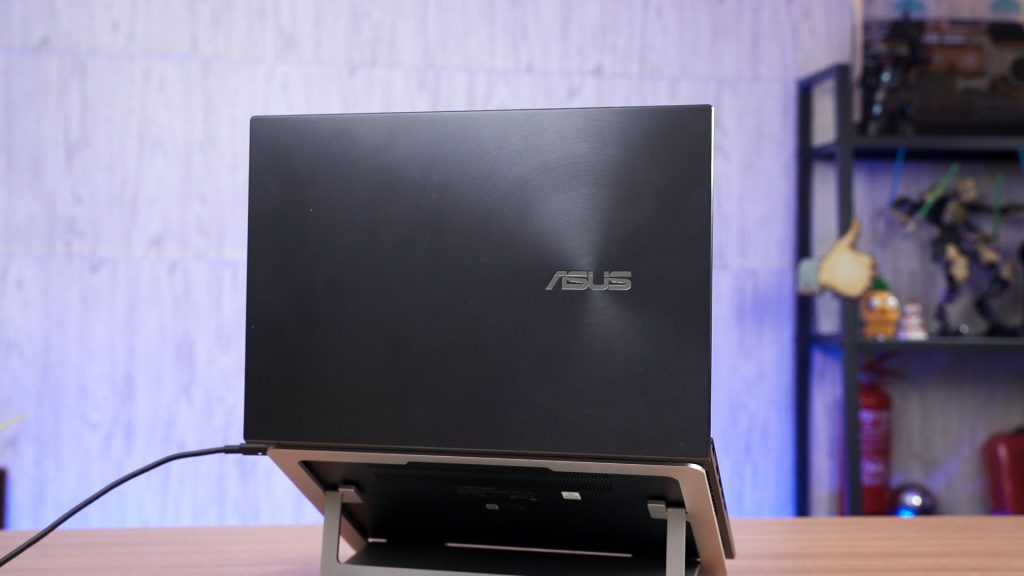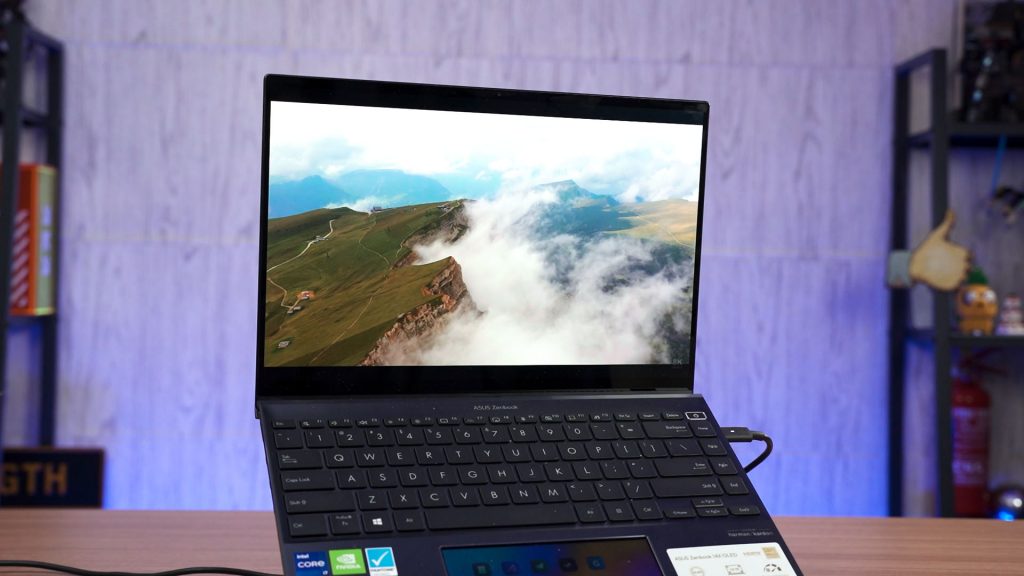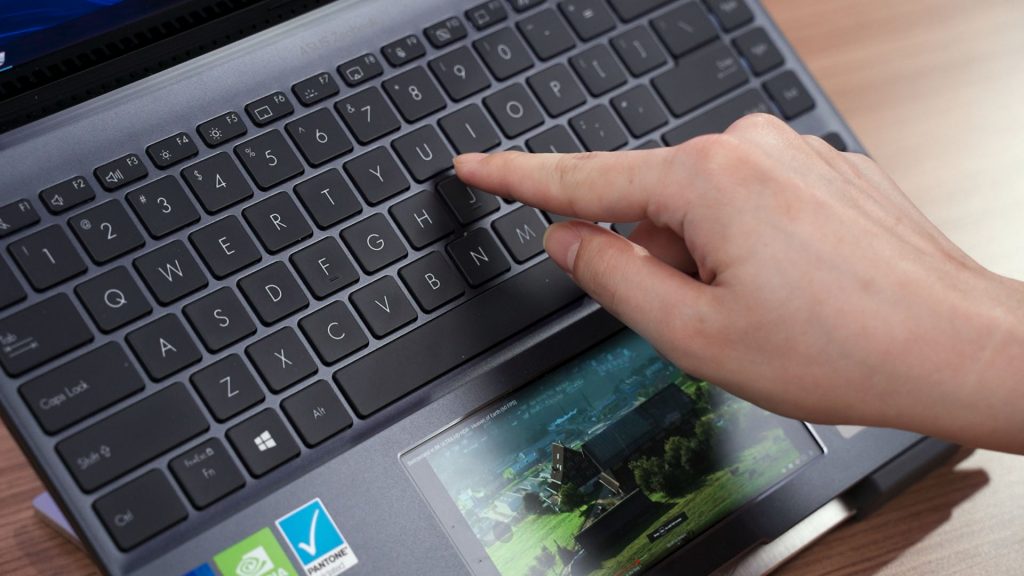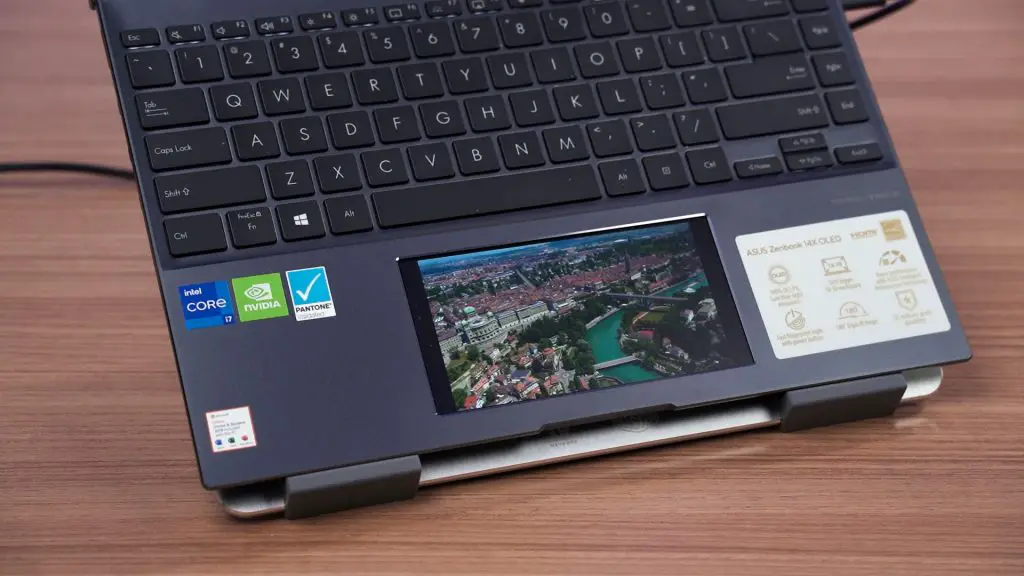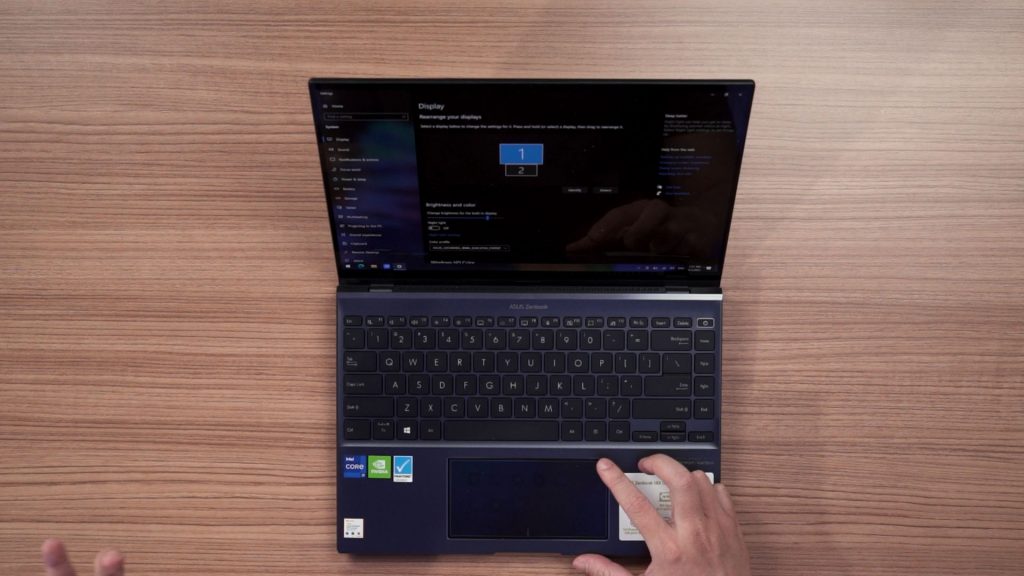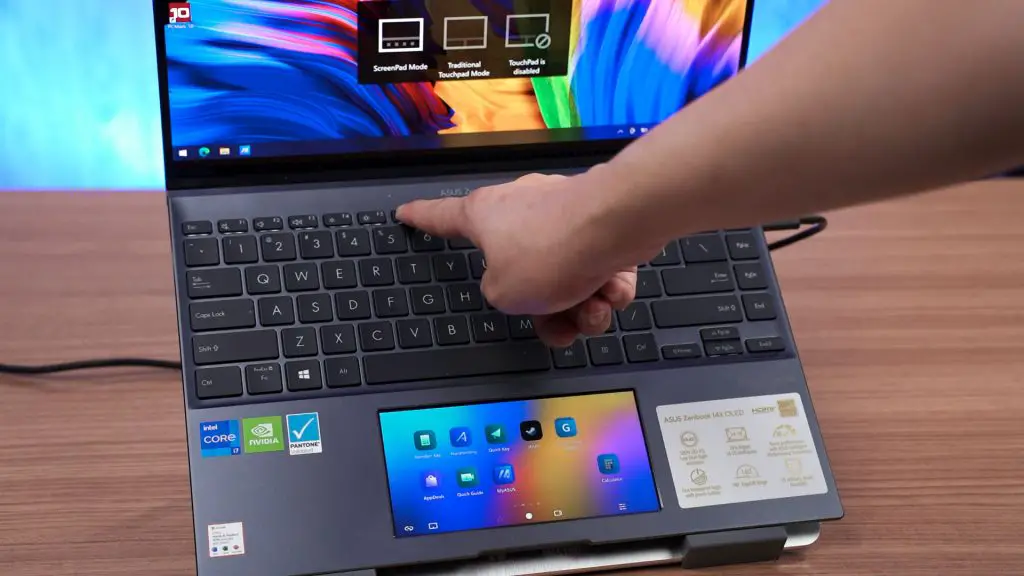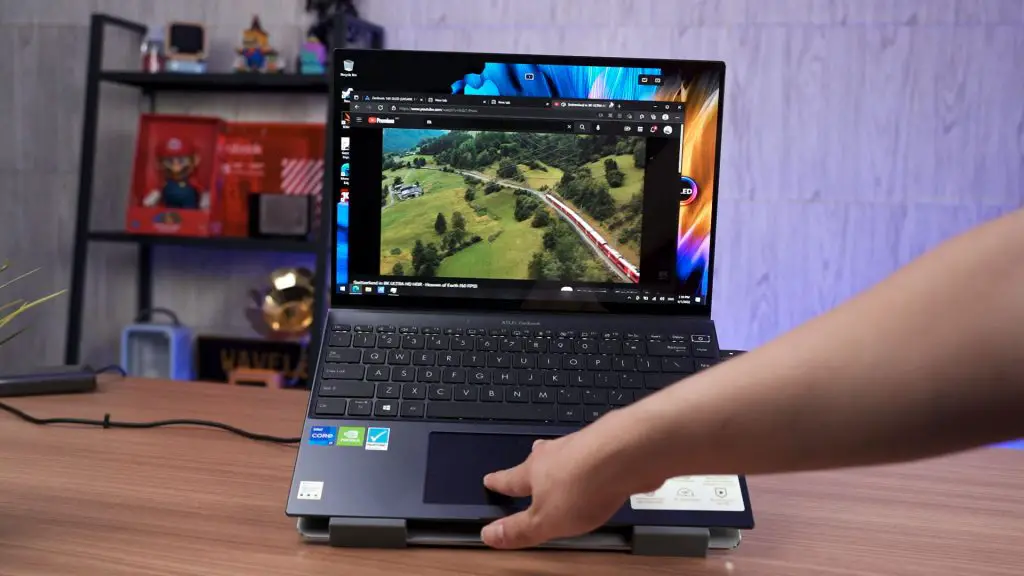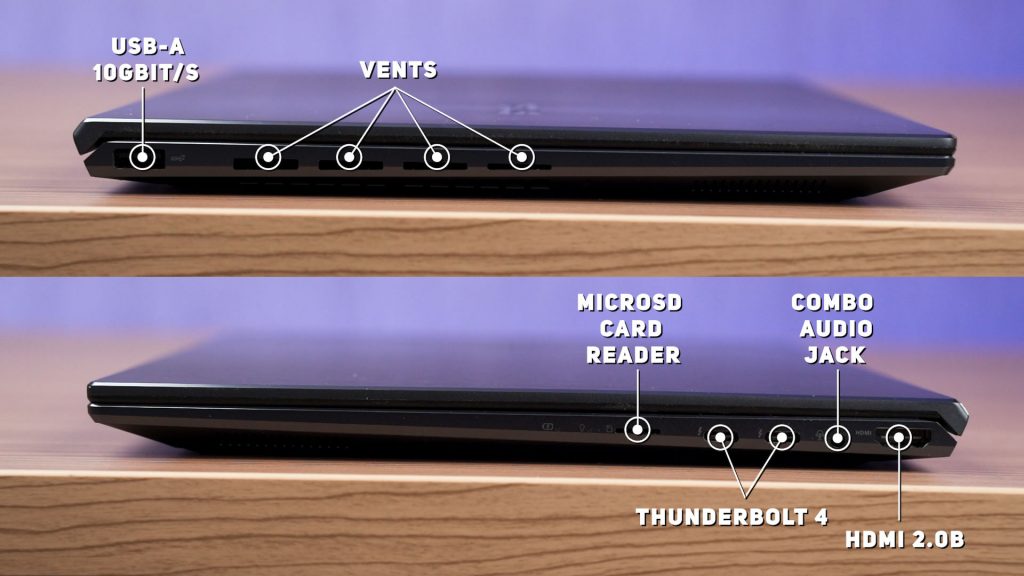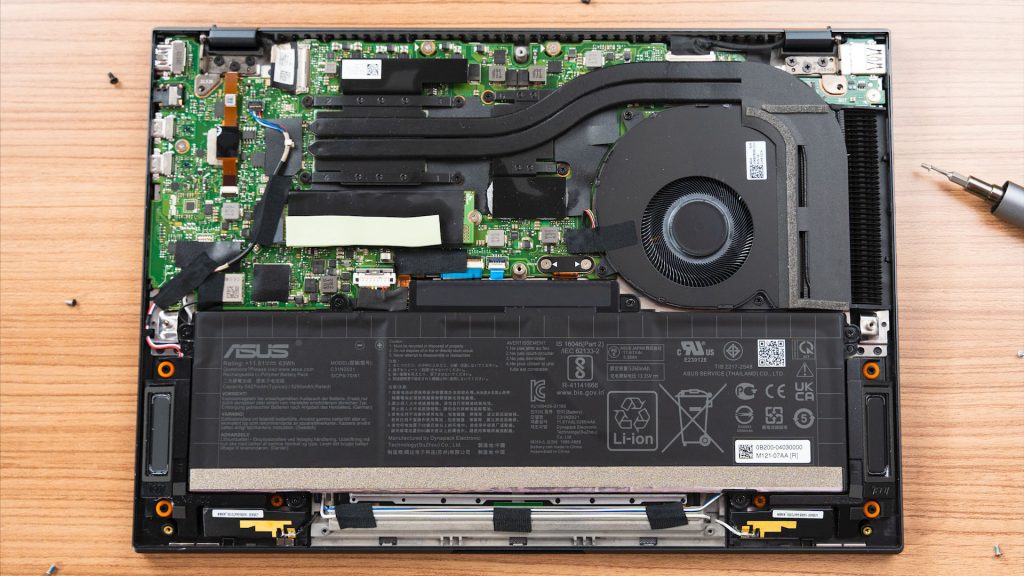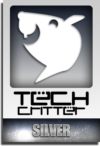If I’m not mistaken, ASUS first introduced the ScreenPad feature on the ZenBook Pro back in Computex 2018. It was an interesting take on the Apple touch bar feature while giving it more screen real estate instead of just a long stripe of display that is good for video timeline or emoji scrolling.
The following year, ASUS also upgraded the ZenBook and VivoBook S line up with the ScreenPad feature. Then afterwards, it went quiet, I don’t really see anyone using the ScreenPad in the public. Apparently, it is not a compulsory upgrade since each individual country’s ASUS product manager can still decide whether to bring in the standard touchpad or ScreenPad version of the laptops.
They only brought in a few selected SKUs with the ScreenPad. It is highly likely that they have chosen the standard touchpad version to keep the laptop pricing competitive which indirectly affects the availability of this feature for the customers. At the same time, people were hating on Apple’s touch bar which makes it difficult to recommend any features that are similar to that.
The ScreenPad Plus is an entirely different story cause it is literally half of the screen mounted above your keyboard instead of on your wrist rest area. I thought ASUS has decided to move on to the ScreenPad Plus but to my surprise, the ScreenPad is back.
ASUS ZenBook 14x OLED UX5400E
This is the ASUS ZenBook 14X OLED UX5400E with ScreenPad.
The ZenBook is the ASUS’s premium thin and light laptop series. The aluminium chassis has a high-quality finish that covers from the lid, keyboard panel and to the bottom of the chassis. The corners are rounded while the edges are chamfered. In other words, it looks good and feels good to hold in the hands.
Opening up the lid, you will be greeted with this beautiful 14-inch 16:10 2880×1800 pixel resolution OLED display. It is also a touch-capable display so you can either use the cursor or your finger for navigation. The cherry on the cake is no other than the 90Hz refresh rate. Even though it is slower than 120Hz on paper, for everyday computing, it is more than enough and you will appreciate the added fluidity and smooth animation.
The keyboard has an integrated fingerprint scanner for the power button at the top right corner. The button has a different switch and keycap design so you won’t mistake it for the delete key. At first, I didn’t really like how the keyboard feels since they are kinda sandy and rough to the touch. It gets better after a few days of use.
The ScreenPad, I have mixed feelings about it. It has a 5.65-inch 2160×1080 pixel resolution IPS panel. That is pretty much the same as many phones from yesteryear with that 2:1 aspect ratio. The matte glass surface feels exactly like other high-end trackpads in the market just that now you got a touch screen underneath it. That goes without saying, the matte screen definitely will degrade the sharpness of the display.
Windows is treating the ScreenPad as a secondary display, as you can see on the display settings page.
You can drag and drop windows to it but keep in mind that the UI element is almost impossible to interact with your finger. It is best to use a touch-based application on the ScreenPad or use a mouse.
If you’re not planning to use the ScreenPad, it can also be turned off via the keyboard shortcut. Spoiler alert, using the ScreenPad will affect your battery life. I’ll talk more about the battery life after this.
Breaking the boundaries of performance for thin and light laptops – with 11th Gen Intel Core i7 processors.
In terms of performance, the Intel Core i7-1165G7 is no stranger to us. Since it was first introduced last year, we have tested a lot of laptops with this CPU and it is one of the best options for thin and light laptops. It is power efficient which translates to a quiet machine. This laptop also comes with a dedicated GPU – NVIDIA GeForce MX450. Even though it is not significantly better than the Iris Xe graphics, however, the 2GB dedicated VRAM will improve your experience when using creative software.
Because of the Intel Core i7-1165G67, you can quite literally play some games and do more graphically-intensive tasks while on battery without sacrificing battery life while maintaining a thin and light profile of the laptop.
There’s also another Core i5 variant which only comes with 8GB onboard RAM instead of 16GB.
The use of a dedicated GPU also means it will generate extra heat when you push it. That explains why the exhaust vent is larger than usual. It also affects the port placement. On the left side, because of the exhaust vent, we only got one USB-A port. Whereas the rest of the ports are located on the right side, microSD card slot, two Thunderbolt 4 ports, 3.5mm combo audio jack and full-size HDMI port.
And now, battery life. If you turn off the ScreenPad, a single full charge of the 63Wh battery will last you for about 9 hours. Otherwise, if you turn on the ScreenPad, the same full charge will only last for about 6 hours. That is just how it is.
You can pretty much forget about the upgradability since most of the components are soldered to the motherboard except for the single M.2 NVMe SSD.
Conclusion
Our top-of-the-line ASUS ZenBook 14X OLED with Intel Core i7 is officially priced at RM5999, meanwhile, the Intel Core i5 model starts at RM4999. Even though the Core i5 model is more than enough for the thin-and-light laptop use case, we are ultimately limited by the 8GB RAM which we had no choice but to get the Core i7 CPU with 16GB RAM.
The new OLED screen is a splendid upgrade for the ASUS laptop lineup. ASUS is fully committed to this upgrade that basically sets their laptop apart from the rest of the competition. If you’re a fan of OLED display, ASUS should be the only brand whereby you can choose one from the top ZenBook lines to the affordable VivoBook series.
As for the ScreenPad, I personally think it is still a gimmick. Unless you’re using the laptop with an external mouse, chances are you will not use the laptop with the ScreenPad turned on. It overlaps with the trackpad function whereby the trackpad overlay will basically cover up all the contents and it is so much of a hassle to switch it all the time. Not to mention how much battery power it wastes simply to keep the screen turned on. Besides, imagine the savings if ASUS decides to go with a standard trackpad.
If you’re looking for a premium thin and light laptop with an excellent display, the ZenBook 14X is a great choice. There’s also a VivoBook Pro OLED if you’re looking for something with a more powerful GPU, but that’s not really the point for those who are seeking the quiet, power-efficient and long battery life laptop, given if you turn off the ScreenPad.
Where to buy? (Affiliate links)
Amazon US: https://amzn.to/33BGwMs
Lazada: https://invol.co/cl8f7dj
Shopee: https://invol.co/cl8f7dq


